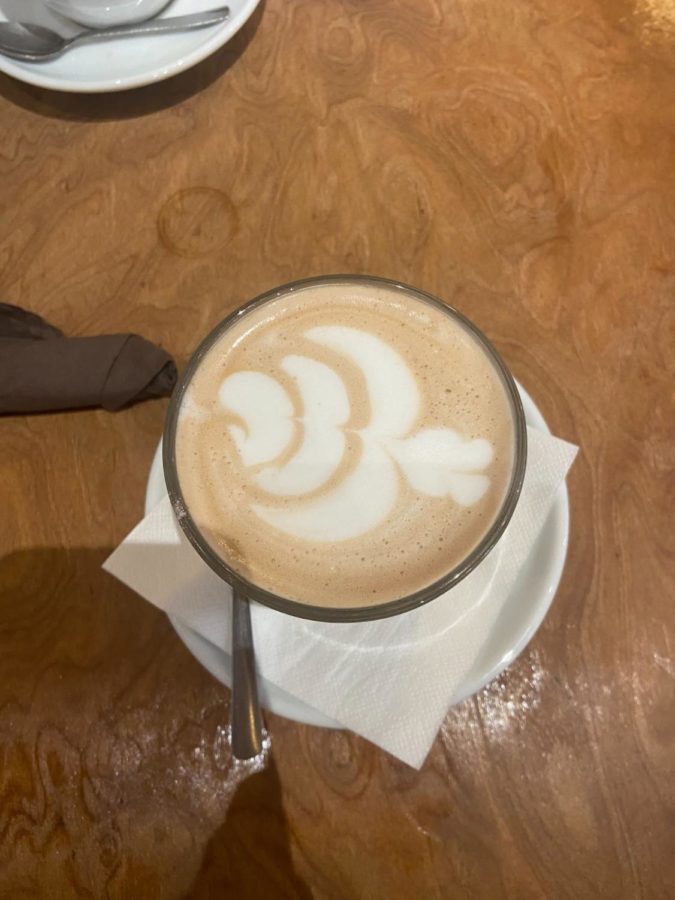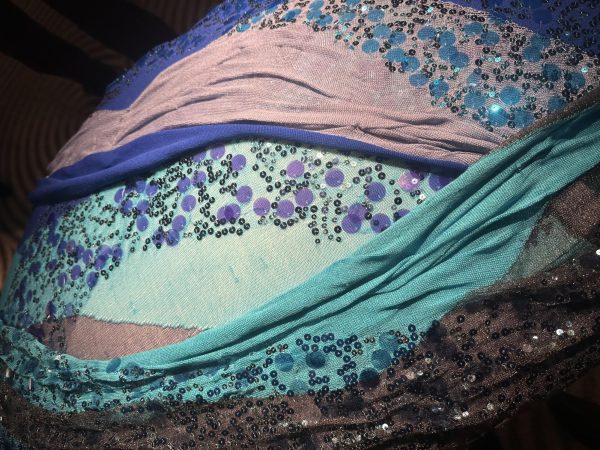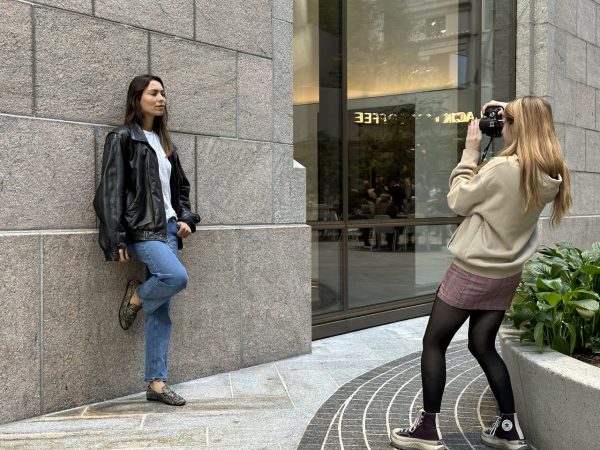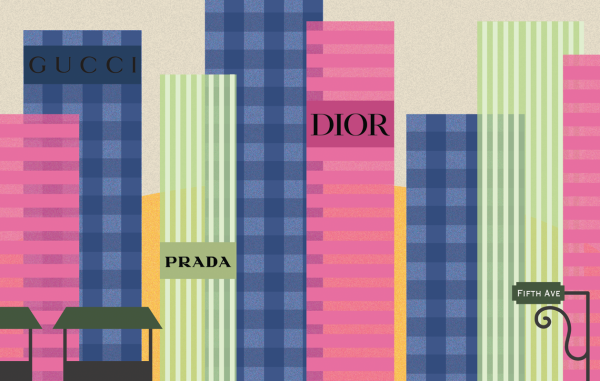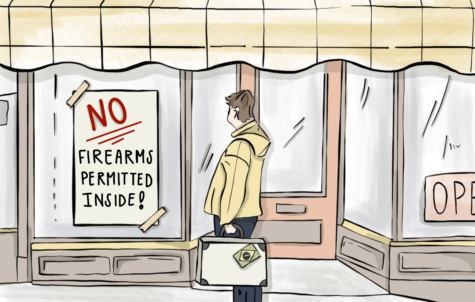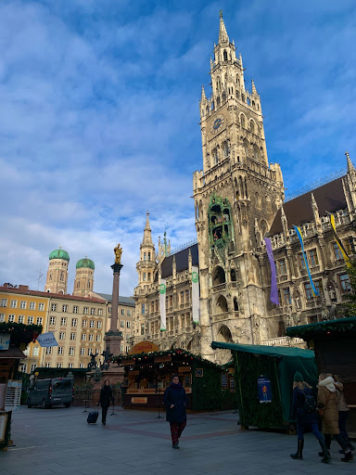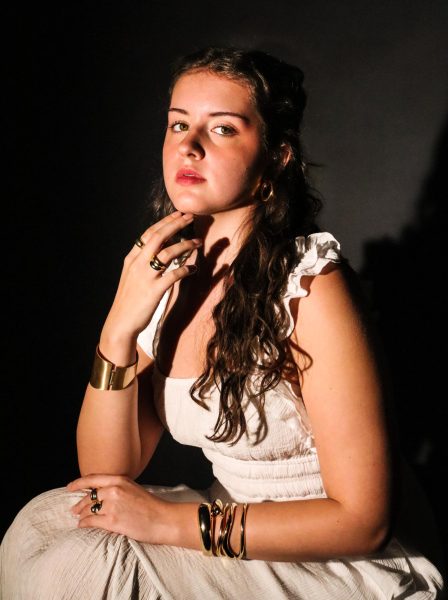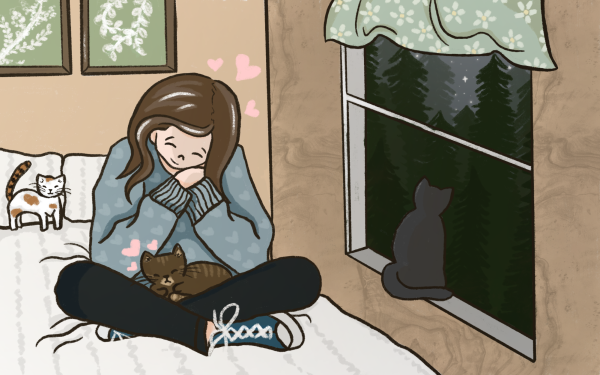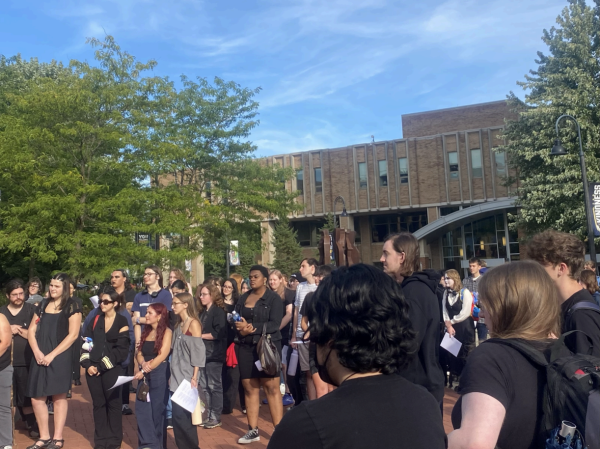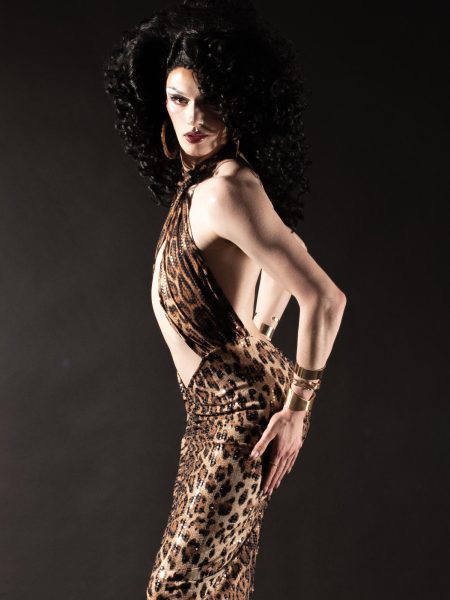the nation of espresso shots and frothed milk: where american and italian coffee cultures differ
Fast conversation, simplified ingredients and coffee taken like shots fill the cafes or “bars” of Florence. Coffee is not meant to be a sweet treat, but rather a deeply ingrained fragment of Italian culture.
One main piece of the puzzle that is the study abroad experience students will come across is coffee. Far from the frappuccinos, lattes and caramel macchiatos of the States lies a world of small cups, frothed milk and straight espresso.
Many Kent students first experience Italian coffee culture from two cafes that lie across the street from the Kent State Florence campus: Simbiosi and Antico Caffè Cavour.
The less traditionally Italian between the two, Simbiosi, is more of a cafe and sit down brunch and dinner spot.
“I feel like what I can say about the cafe is that it is definitely different from most cafes around,” a Simbiosi barista said. “That’s why we mostly have tourists or foreigners who live in Florence, rather than Italians because the coffee culture here is really strong.”
The cafe takes a slightly more modern approach to Italian coffee style with both more traditional items like macchiatos and more “American style” like dirty chais on the menu.
The Simbiosi barista explains there are two main types of coffee beans used in Italy. One being Arabic coffee, the type Simbiosi uses, and the other being Robusta.
“I would say 99% of coffee grows naturally and spontaneously, and therefore it’s full of flaws,” the barista said. “I don’t know if you’ve ever had a coffee around in an extremely average Italian bar, but if you have an espresso it’s like an extremely short shot of cafe with just a very strong burnt taste. That’s because the coffee is roasted really high to cover all the flaws that the coffee bean as a plant variety has.”
Alexandria Thompson, a junior DMP major studying in Florence this semester, noticed this difference.
A self-proclaimed “coffee girl,” Thompson usually sticks to ordering a cappuccino and prefers Antico Caffè Cavour’s coffee to Simbiosi’s for this reason.
“I just think that comes down to what they made the espresso with,” Thompson said. “Ultimately even when you think about America, you think Starbucks versus Dunkin and they’re making their product with two completely different blends, so they taste different because it’s their house blend. So I like Starbucks coffee but I don’t like Dunkin’s.”
Antico Caffè Cavour barista Mattia Falugiani explains Antico is primarily a traditional Italian bar, but has implemented some syrups because of their American popularity.
“Because I think the message TV or people in general show us is that Starbucks was invented by a person that copied the old Italian coffee style, that’s how we view American coffee,” Falugiani said. “And so it’s seen as being big coffees and a lot of milk. It’s your tradition to also add syrups or, like, do a blend with ice and all the creams.”
Thompson explained this lack of “extravagant and lavish options” has taken some time to get used to.
“Typically I’ll just get a latte with oat milk,” Thompson said. “And in my mind that’s just like coffee with syrup. But here, it’s all espresso and milk in different variations.”
The coffee itself isn’t the only difference between American and Italian coffee, but also the experience of drinking it. In the states, Thompson is used to it taking her a class period or longer to finish a coffee.
“If I were to go across the street [in Florence] and get coffee before class, because of how small the portions are, I’ll finish it before my class,” Thompson said.
One of the biggest differences emphasized by both the Simbiosi barista and Falugiani is the idea of “taking away” coffee for consumption; a concept American students are very fond of.
“For Italians, it’s really weird that you’re gonna leave the cafe with a coffee cup,” the Simbiosi barista said. “It’s super weird. I don’t know if it’s like, in a very old culture– like last century culture you can think of it as you’re supposed to just have sex in the bed, in the bedroom, under the sheets and all covered up in the dark. That’s how I think Italians perceive their coffee at the counter. It’s a sacred thing.”
The barista explains that even getting a sitdown coffee with a friend isn’t meant to be an event that lasts for a few hours, but rather 10 minutes. There is a heavy emphasis on the short, but shared moment.
“It’s the whole social experience that matters,” the Simbiosi barista said. “It’s not the coffee itself, because the coffee, as I already explained, sucks in terms of the quality of the product. So it’s not about that, it’s kind of about showing how quick you can drink a very bitter, burned shot. Like you can imagine as if it was a shot of tequila, you know, you’re like showing how strong you are. And you kind of just take the rest of the time to chat with your people, and then go back to whatever you were doing.”
Support Student Media
Hi! I’m Catie Pusateri, A Magazine’s editor-in-chief. My staff and I are committed to bringing you the most important and entertaining news from the realms of fashion, beauty and culture. We are full-time students and hard-working journalists. While we get support from the student media fee and earned revenue such as advertising, both of those continue to decline. Your generous gift of any amount will help enhance our student experience as we grow into working professionals. Please go here to donate to A Magazine.

